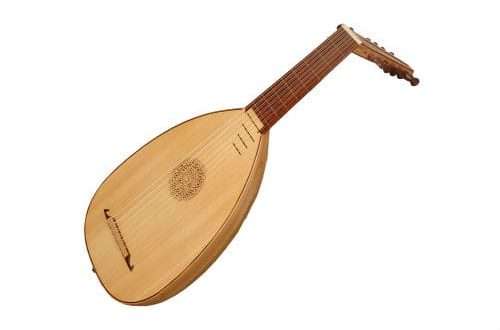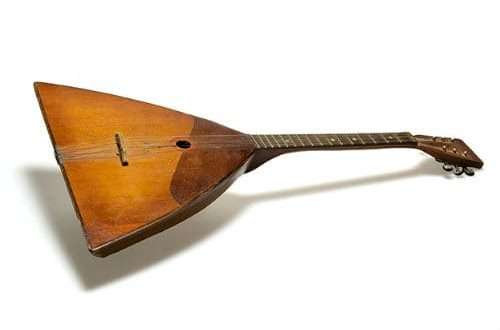
Chuniri: tool description, design, history, use
Chuniri is a Georgian folk stringed musical instrument. Class – bowed. The sound is produced by drawing the bow across the strings.
The design consists of a body, neck, holders, brackets, legs, bow. The body is made of wood. Length — 76 cm. Diameter — 25 cm. Shell width — 12 cm. The reverse side is framed by a leather membrane. The strings are made by fastening the hair. Thin consists of 6, thick – of 11. Classic action: G, A, C. The appearance of the chuniri resembles a banjo with a carved body.
The story began in Georgia. The instrument was invented in Svaneti and Racha, the historical mountainous regions of the country. The locals determined the weather with the help of a musical instrument. In the mountains, the weather change is felt more clearly. The fuzzy weak sound of the strings meant increased humidity.
The original design of the ancient instrument was preserved by the mountain dwellers of Georgia. Outside the mountainous regions, modified models are found.
It is used as an accompaniment in the performance of solo songs, national heroic poems and dance melodies. Used in duets with changi harp and salamuri flute. When playing, musicians put chuniri between their knees. Hold the neck up. When playing in an ensemble, no more than one copy is used. Most of the songs performed are sad.





